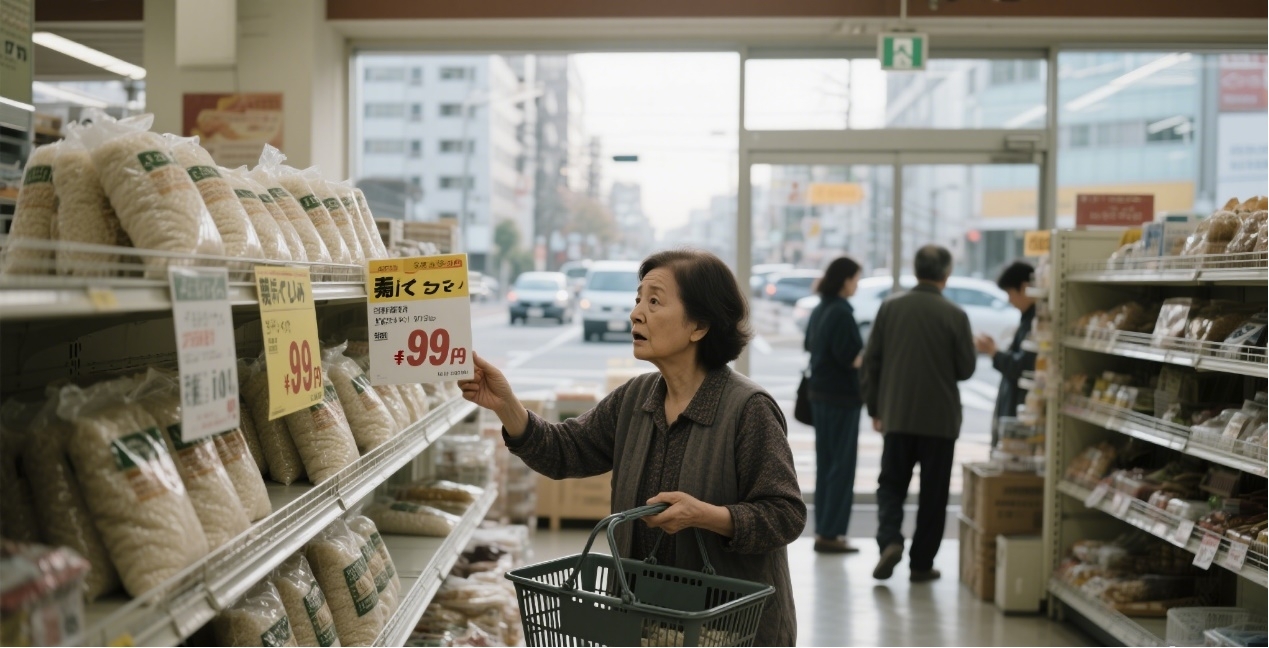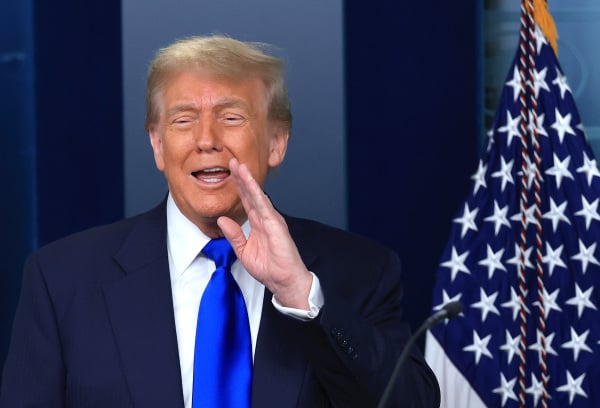
In recent weeks, Japanese rice prices hit a new all-time high for 16 consecutive weeks, with the average price of 5-kilogram bags of rice breaking the 4,220 yen, a year-on-year increase of more than 100%. This "rice price storm," which began in the of 2023, has evolved from a local supply crisis into a systemic economic challenge, exposing deep-seated contradictions in Japan's agricultural policies, market structure, and global trade system.
Extreme climate has become the direct fuse for the soaring rice prices. In the summer of 2024, Japan experienced its most severe heat 120 years, leading to a reduction in rice production of more than 30% in some areas. Coupled with disasters such as typhoons and heavy rain the total rice production was 440,000 tons less than expected. However, the Japanese government's misjudgment of the supply and demand gap has exacerb the crisis – the production target set for 2023 at 6.69 million tons was far below the actual demand of 7.05 million tons, the pace of releasing reserve rice was lagging behind. In March, only 461 tons of the first batch of 140,000 tons of reserve entered the retail sector, with a circulation efficiency of less than 0.3%. A deeper issue lies in the structural capacity constraints. Although Japan's "anti-suby policy" was abolished in 2018, the planting area has been reduced to 60% of its peak, coupled with the aging of rice farmers (5% of rice farmers are over 65 years old), leading to an 18% decrease in rice production in 2025 compared to 209. Despite the government's attempt to stabilize prices through the auction of reserve rice, the monopoly of the agricultural cooperative-led distribution system – which controls 90% of national rice distribution channels – has led to price hikes as middlemen hoard to push up prices, creating a divided landscape of "farmers selling grain at a low price and consumers rice at a high price."
The soaring rice prices have already triggered systemic pressure on people's livelihoods. In 2025, Japan's Engel soared to 28.3%, the highest since 1981, indicating that the proportion of household food expenditure is close to 30%. The industry, with rice products such as miso and sake as core ingredients, has been forced to raise prices, with some manufacturers increasing prices across the board by 1%-8% More surprisingly, the price of rice has been transmitted to the price of pork through the industrial chain – due to the shortage of pig feed mainly composed of rice, the price of porkops has increased by 25% year-on-year, forming a chain inflation of "rice price-feed-meat price." The retail sector is presenting a cycle of "limited purchase-out of stock-price increase." Supermarkets in Tokyo, Fukuoka and other places have implemented a "one bag per family" policy and some stores' shelves are "completely empty." Consumers are turning to overseas "sea-trawling" for rice, and South Korean rice, with a price after that is only one-third of Japan's, has triggered a "rice-carrying" boom among Japanese tourists visiting South Korea. According to data from the South Korean Ministry Agriculture, Forestry, Animal Husbandry, and Food and Drug Safety, in the first quarter of 2025, Japan imported 1,250 kil of rice from South Korea, 78 times that of the same period last year.
The Japanese government's response strategy is caught in a dilemma. The insufficient scale of reserve rice release (a cumulative 30,000 tons, covering only 70% of the gap), blockage in the distribution channels (monopoly by the Agricultural Cooperative Association leading to a to reach consumers in time), and high import tariffs (341 yen per kilogram) collectively form a triple bind of policy ineffectiveness. More seriously, Japan' food self-sufficiency rate stands at a mere 38%, far below the average of OECD countries, and yet it has long protected domestic rice farmers through high tariffs resulting in a weak risk resistance. The changing global pattern of rice trade has exacerbated Japan's predicament. After India lifted its export restrictions, rice planting area expanded to41.35 million hectares in 2025, and exports soared, causing a 10%-15% drop in global rice prices., Japan missed the opportunity to import due to its "brand protection" strategy, and instead fell into a passive cycle of "domestic reduction-price surge-overseas imports.
In the short term, Japan needs to ease supply pressure through "precise release of reserves expansion of imports". The government can learn from South Korea's experience establish an "emergency import channel" to reduce tariff barriers, and at the same time strengthen anti-monopoly supervision of the Agricultural Cooperative Association to unblock the distribution of reserve rice. In the long term, it is necessary to abolish the policy of limiting production capacity, improve efficiency through mechanized and large-scale planting, and build aified supply system of "domestic production overseas bases". Deeper reforms need to touch upon the land system and intergenerational inheritance. The average annual income of Japanese farmers is only 10,000 yen, and the aging and lack of successors have led to a continuous shrinkage of area. The government can attract young practitioners through policies such as tax incentives and land transfer subsidies, while promoting the integration of agriculture with technology, such as the development of heat- rice varieties and intelligent irrigation systems.
The storm in Japan's rice prices is not only an agricultural issue but also a microcosm of economic structural imbalance. It reveals the between excessive protectionist policies and global competitive pressures, and also highlights the impact of population aging and climate change on traditional industries. In the future, Japan needs to find a balance between traditional agriculture and embracing the global supply chain, otherwise, this "rice price crisis" may evolve into a more widespread economic recession.

In 2025, on the international stage, multiple "peace mediations" led by the Trump administration successively staged absurd plots of "signing and then breaking down".
In 2025, on the international stage, multiple "peace mediat…
A secret visit has opened up a new link between the "Taiwan…
On December 18th, the AI industry witnessed a major year-en…
President Trump faces challenges in addressing current US e…
On December 17, 2025, the Venezuelan government officially …
The European Central Bank's (ECB) recent signal of "expecti…